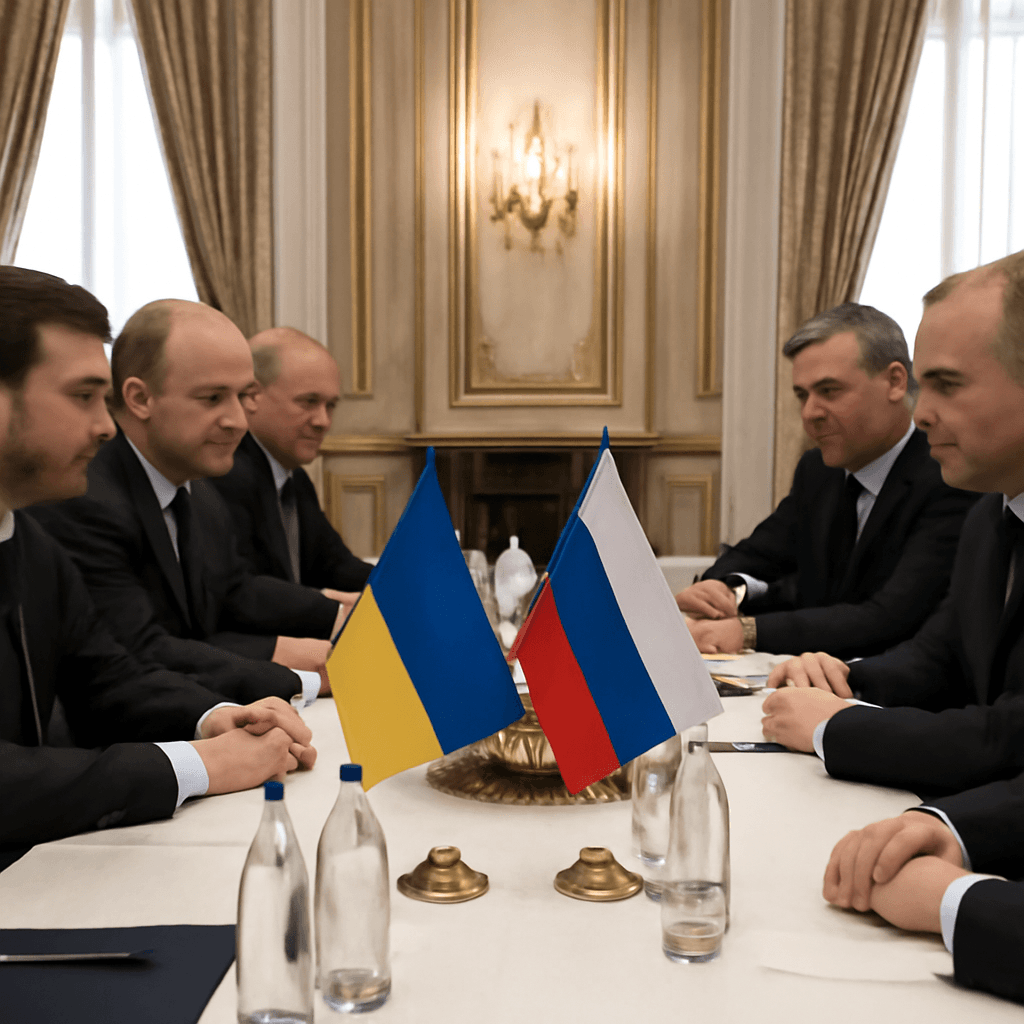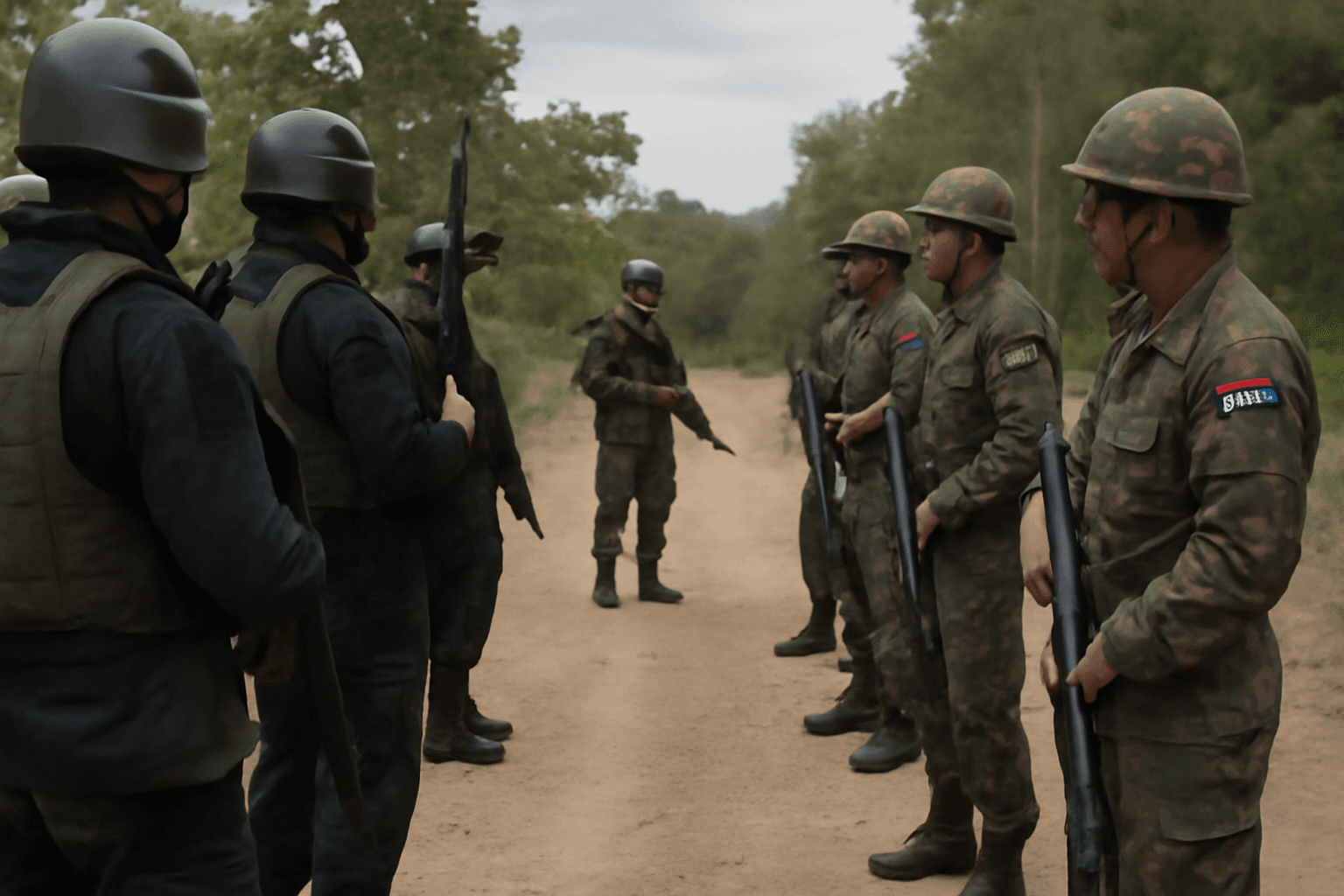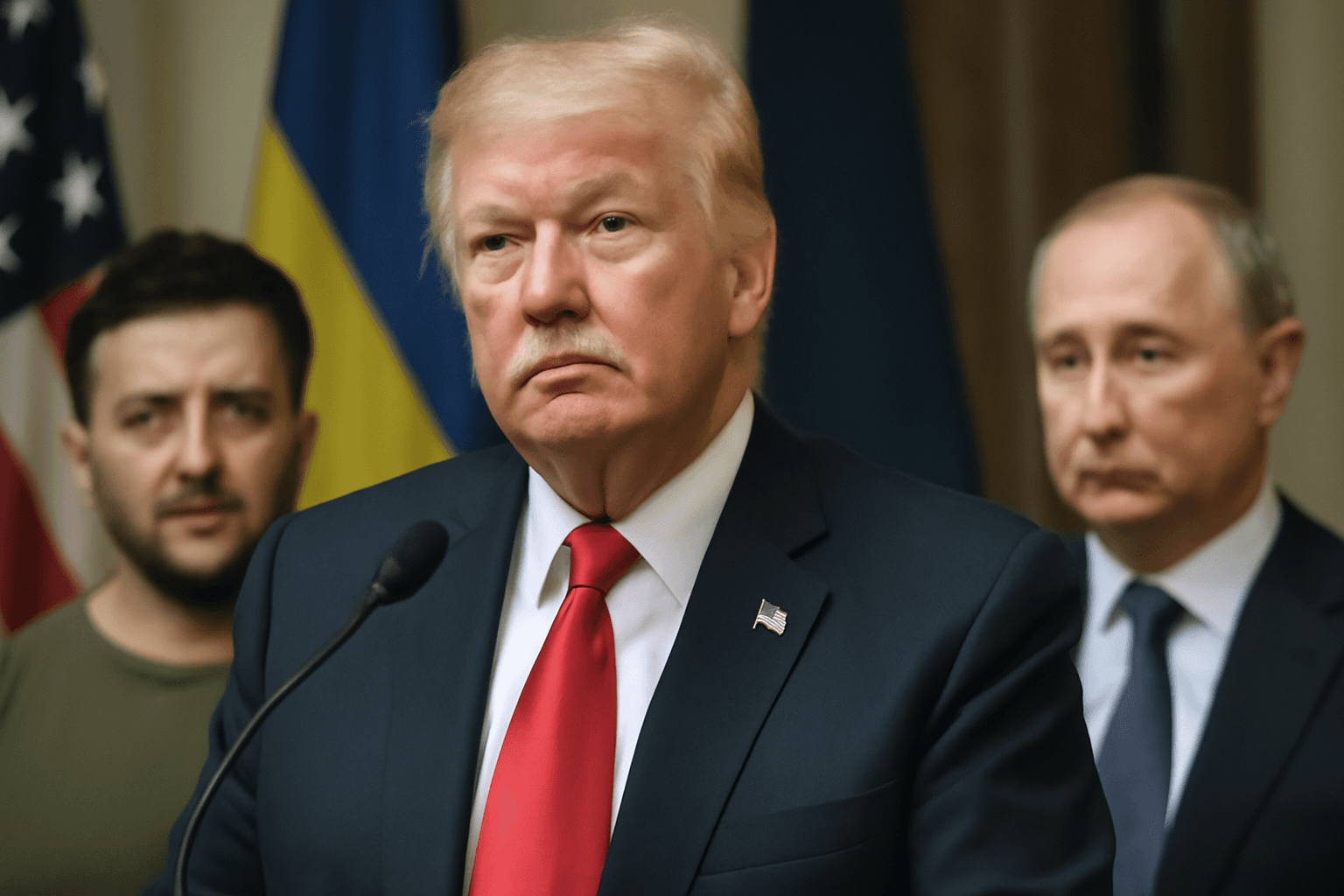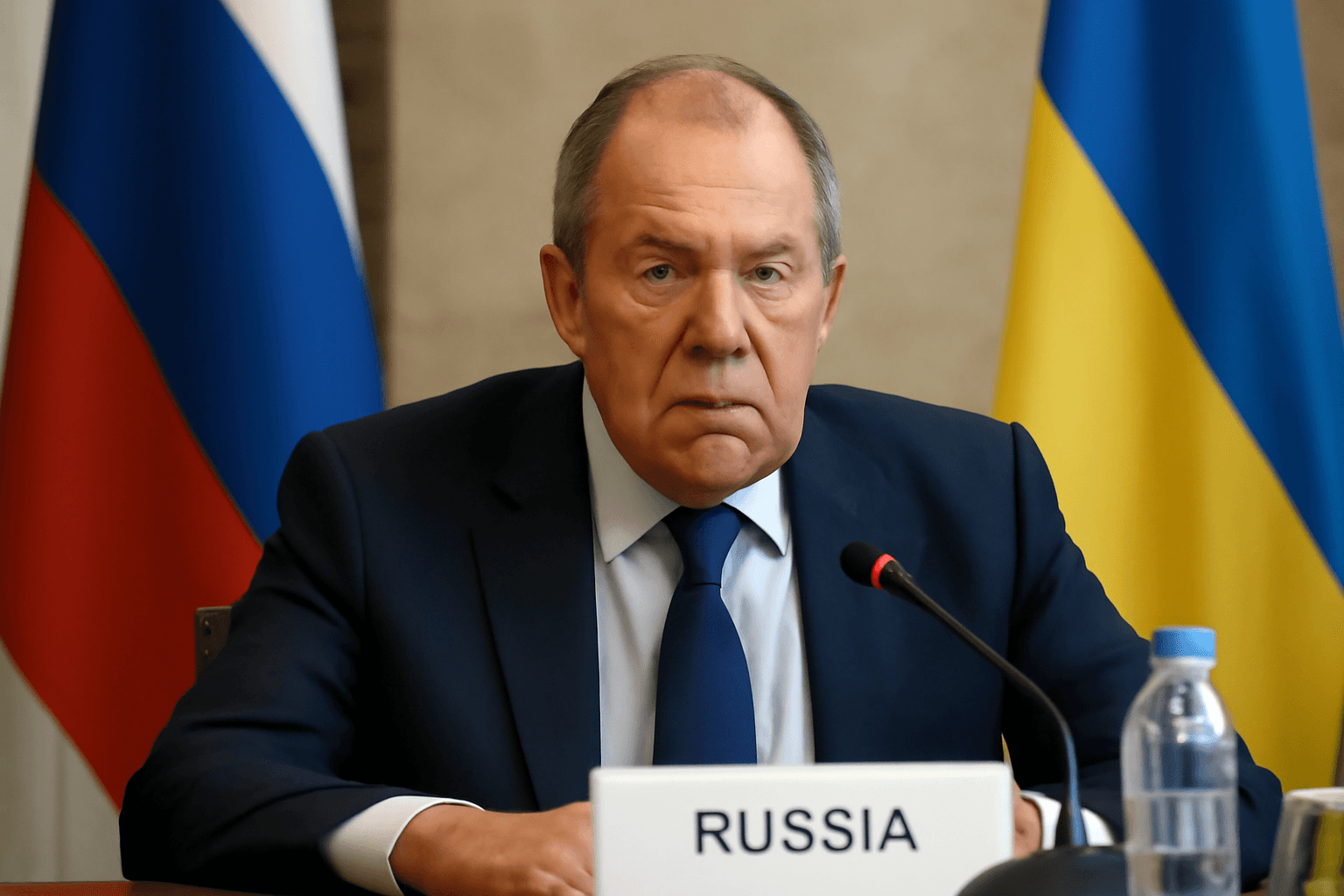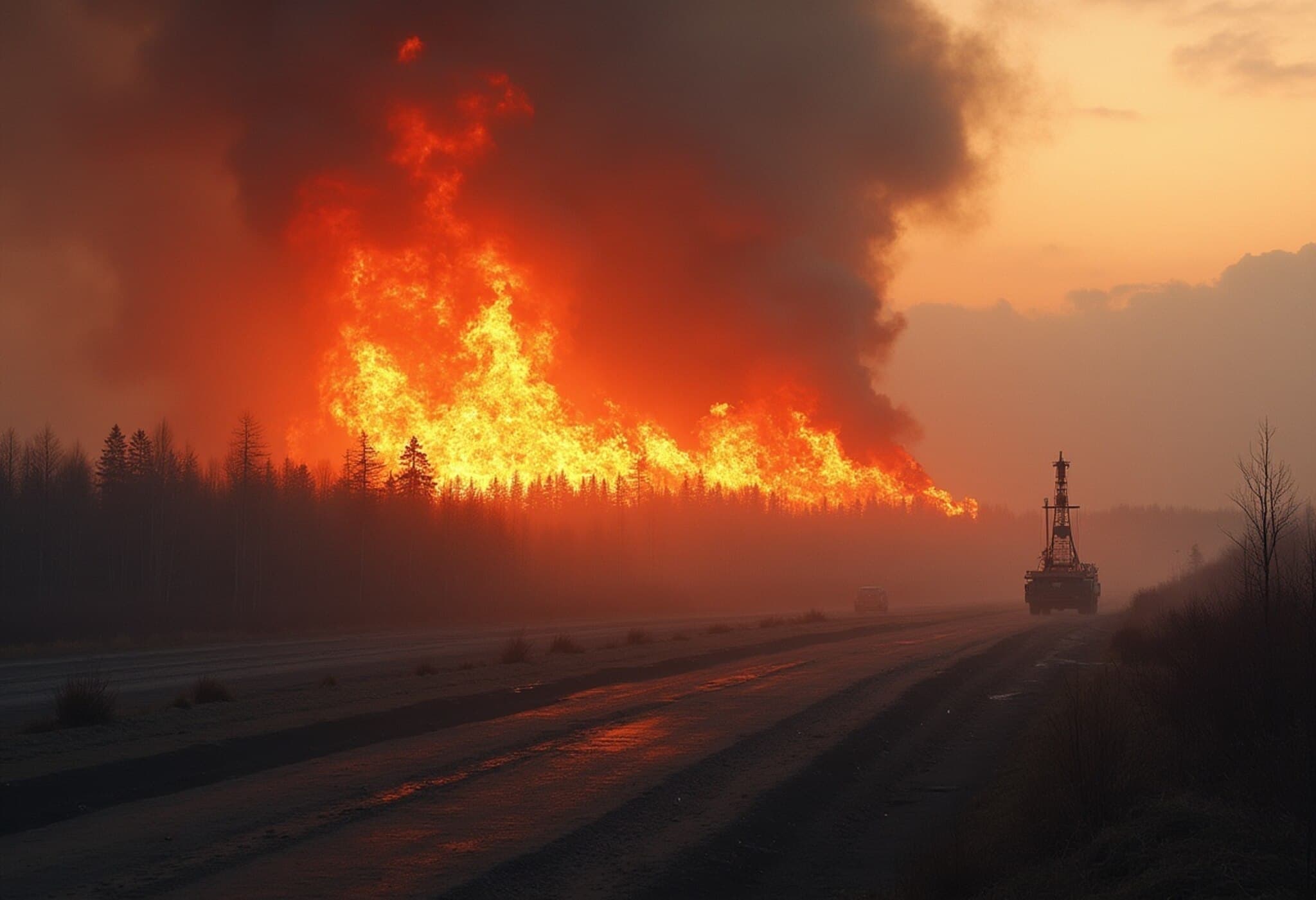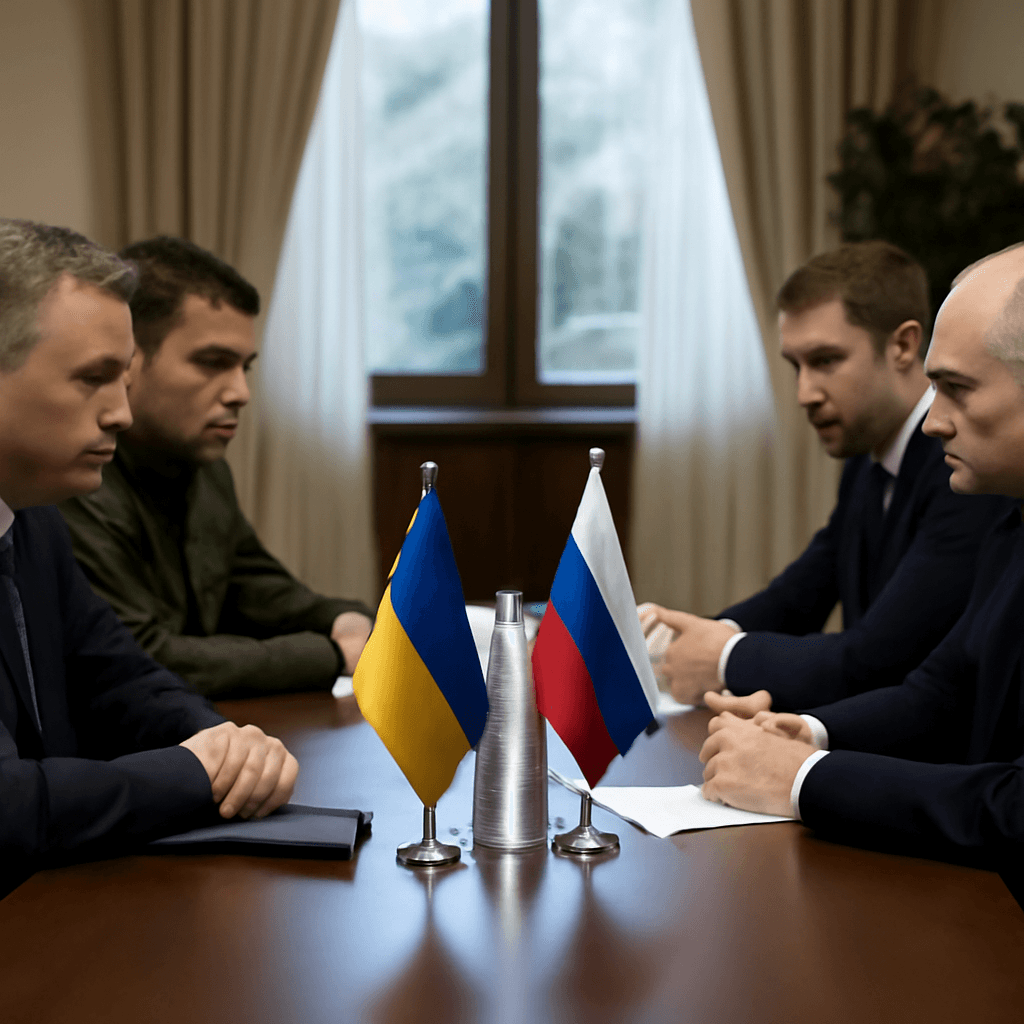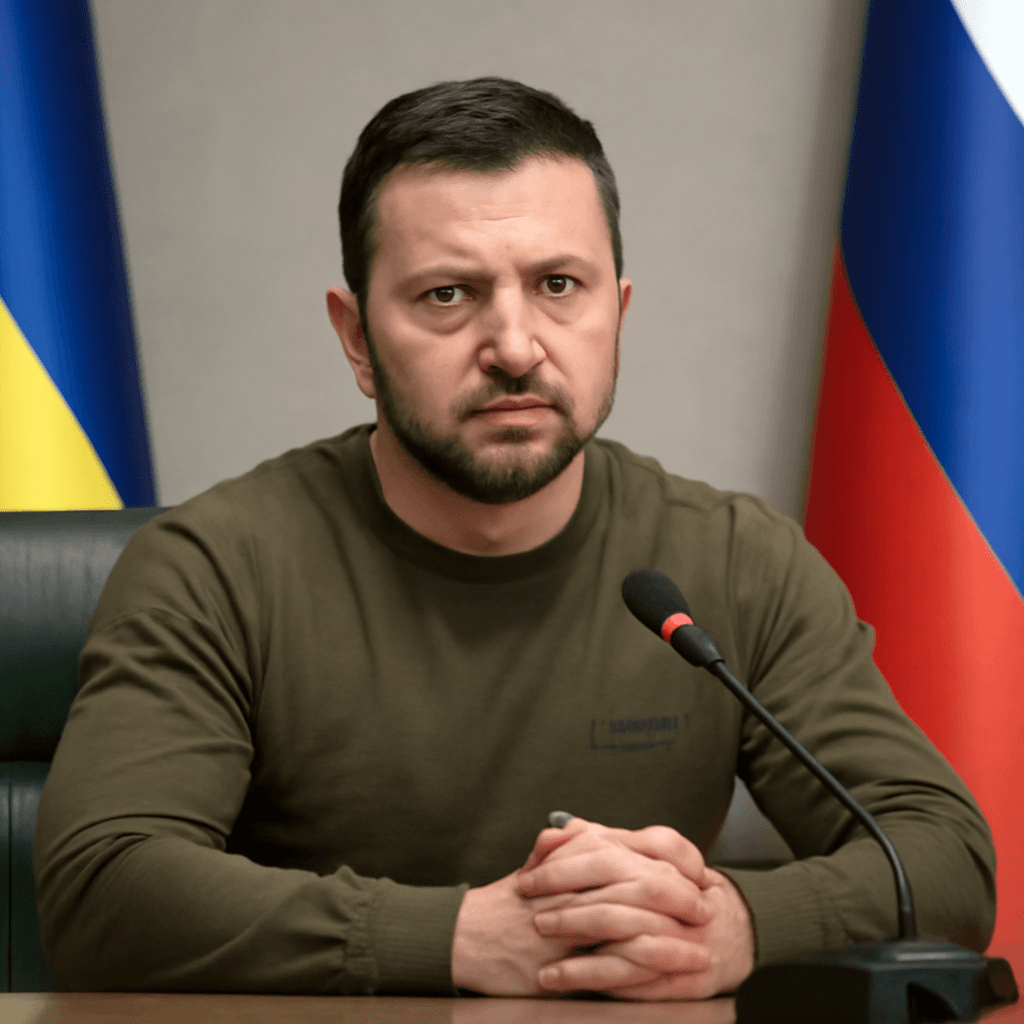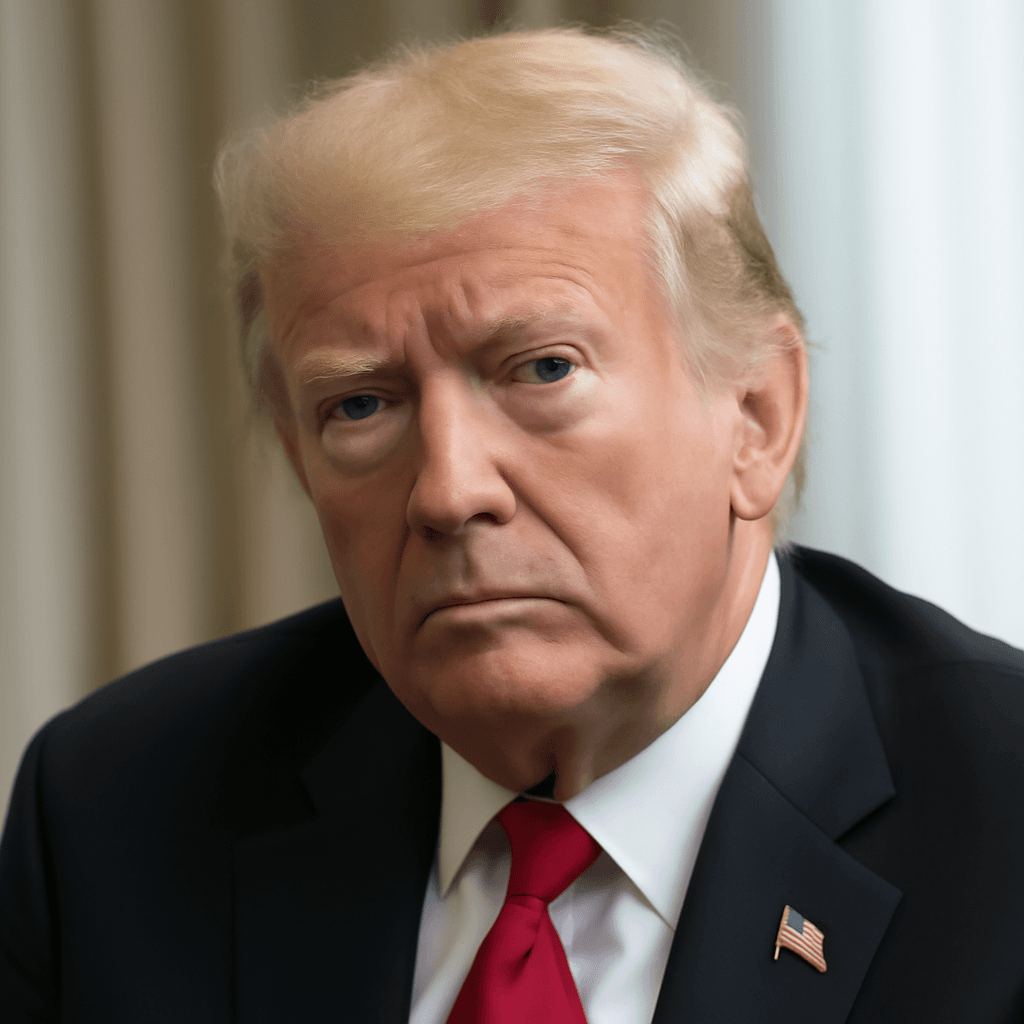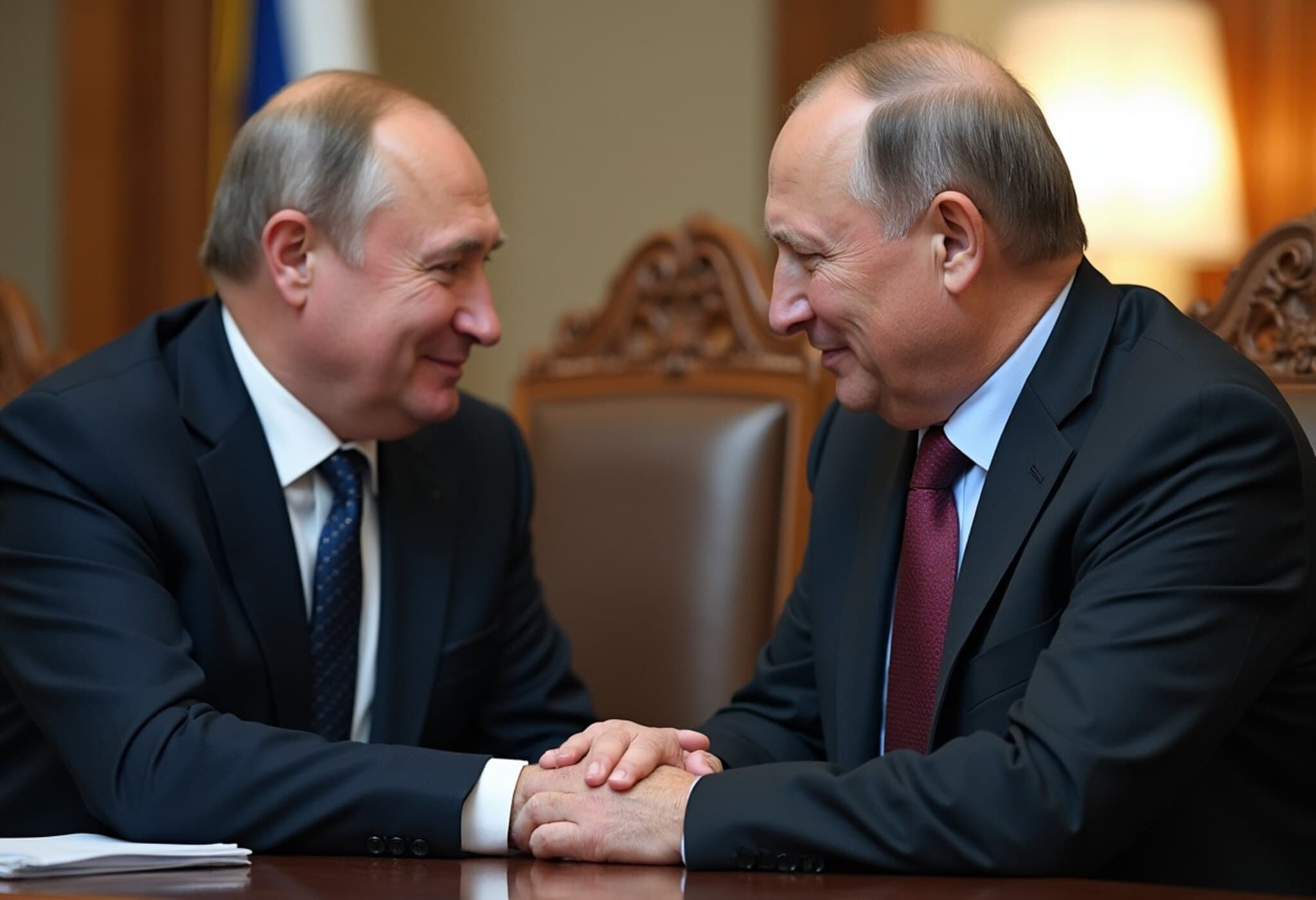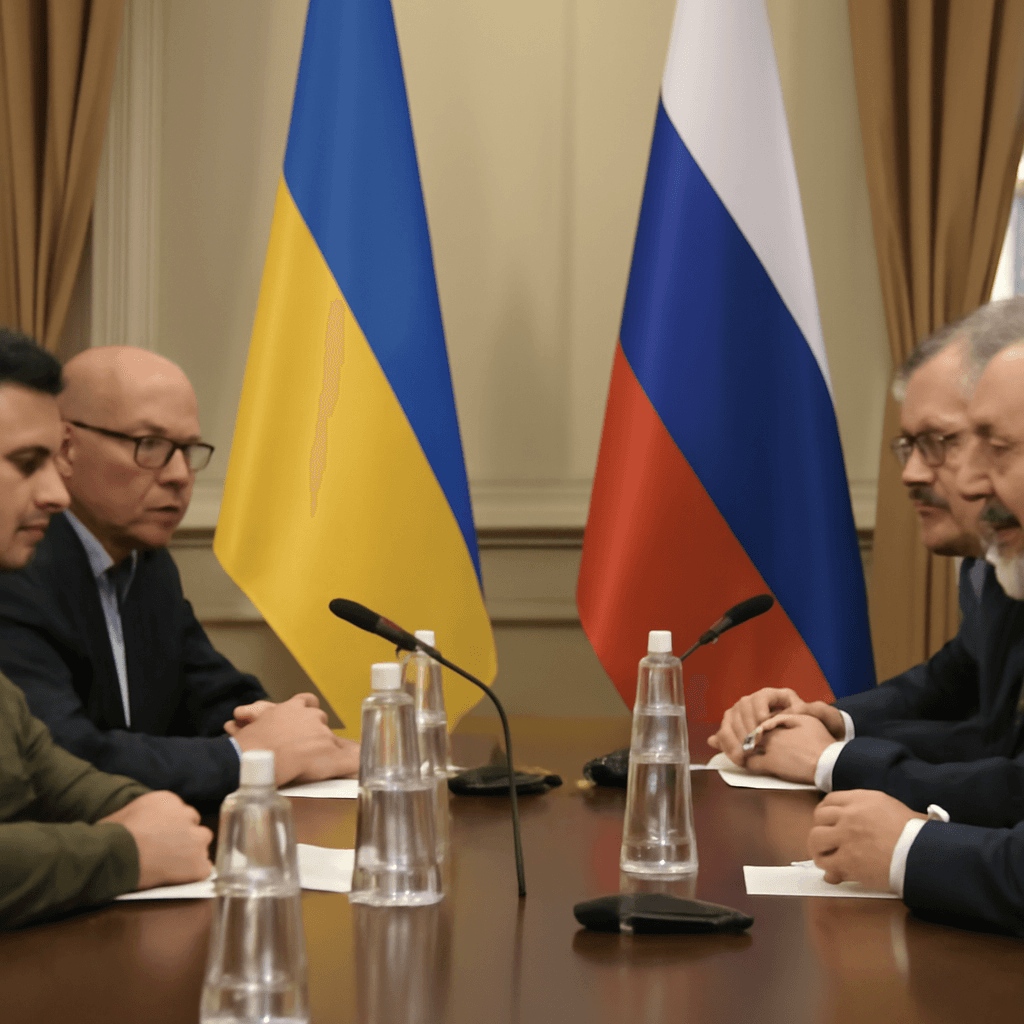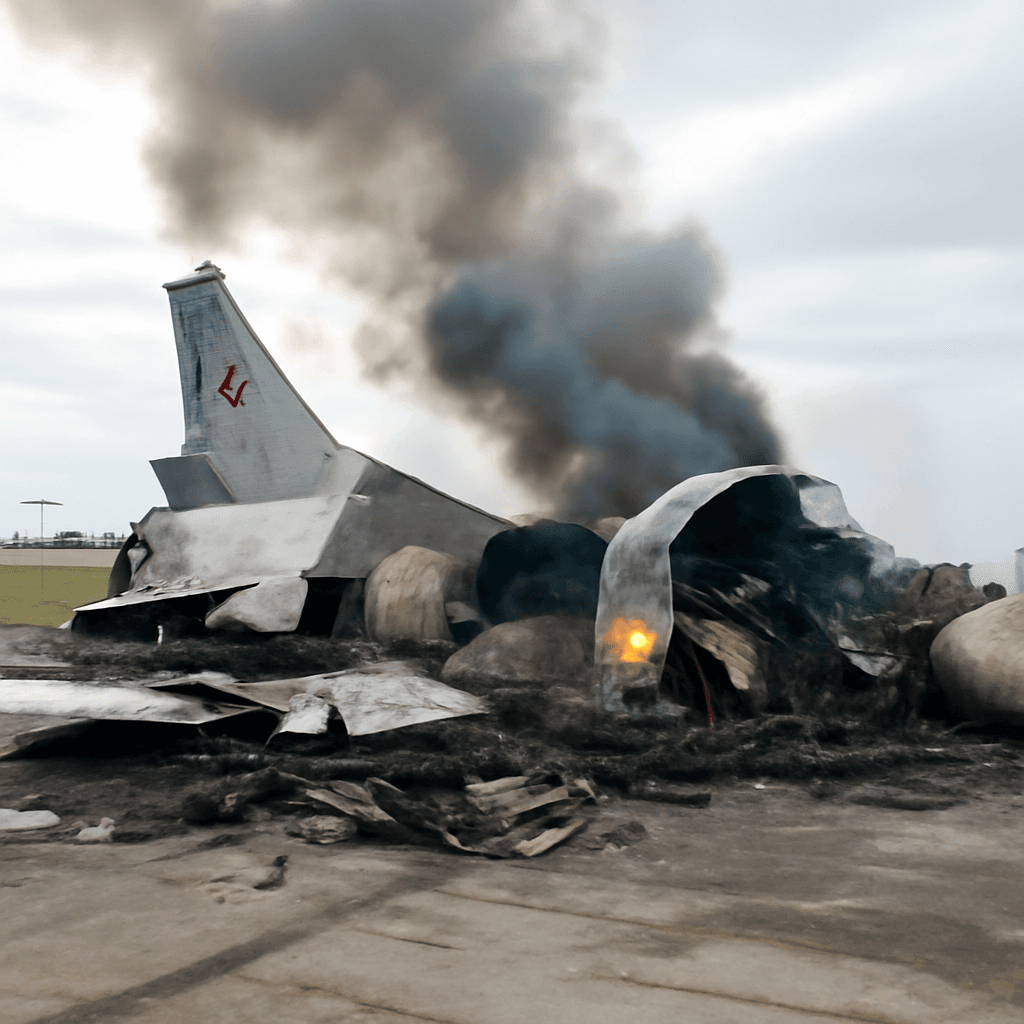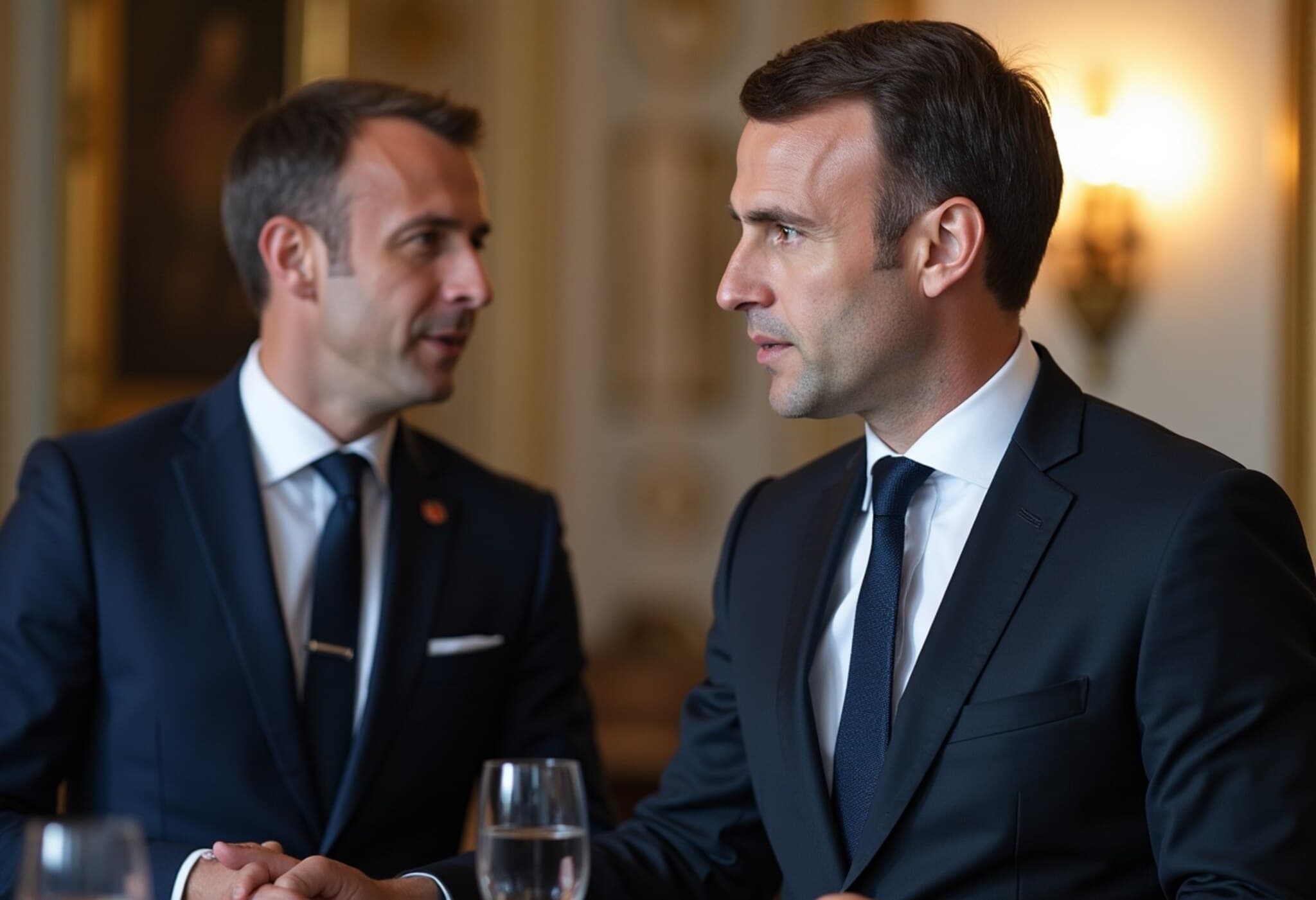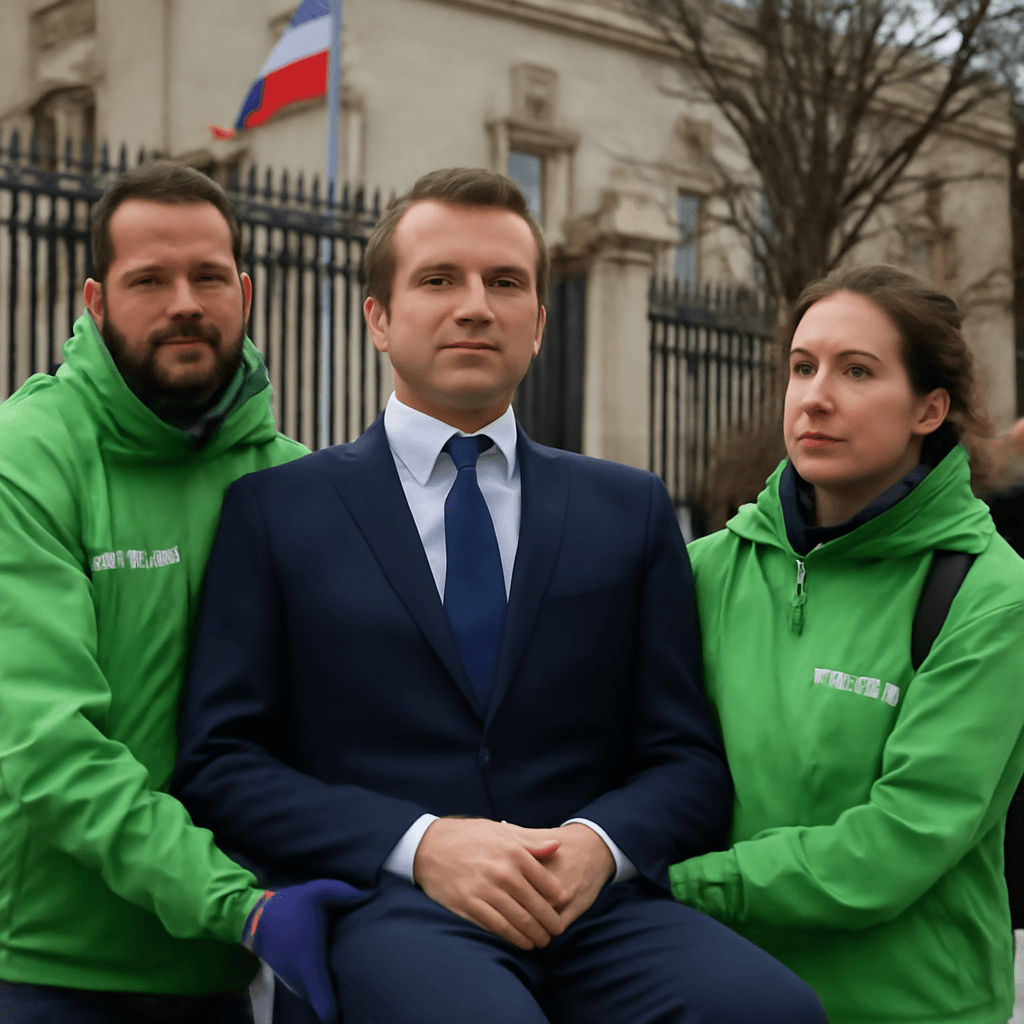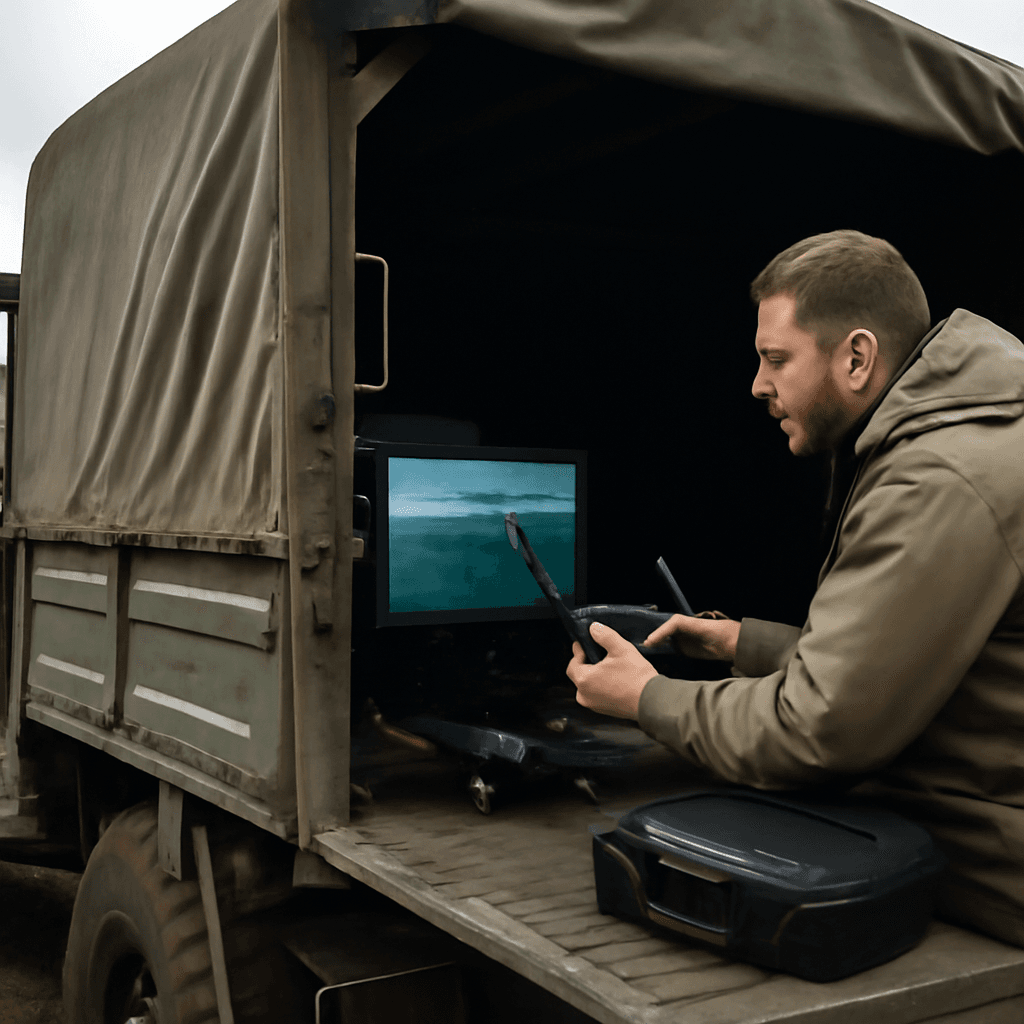Peace Talks Disrupted by Ukrainian Drone Strike
Peace negotiations between Russia and Ukraine, held in Istanbul on June 2, 2025, concluded abruptly less than an hour after their commencement. The talks were overshadowed by a significant Ukrainian drone assault targeting Russia's nuclear-capable long-range bombers stationed in Siberia and other regions.
Originally scheduled to begin earlier, the talks commenced nearly two hours late without public explanation. Despite a subdued atmosphere and brief exchanges, the dialogue produced an agreement to conduct a new prisoner exchange and paved the way for further negotiations.
Initial Reactions and Setting
Prior to the talks, Russian war commentators demanded a strong retaliatory response to Ukraine's unprecedented strike. Although Russia and Ukraine presented conflicting reports regarding the extent of damage inflicted on the strategic bomber fleet, satellite imagery indicated notable losses of equipment within the Russian forces.
Turkish Foreign Minister welcomed the delegations in the prestigious Ciragan Palace in Istanbul, urging them to focus on evaluating conditions for a ceasefire, discussing a potential summit between the national leaders, and enhancing prisoner exchange arrangements.
Prisoner Exchange and Peace Proposal Developments
Ukrainian Defense Minister, leading Kyiv’s delegation, announced plans for a subsequent prisoner swap emphasizing severely wounded combatants and youth. He also revealed that Russia had submitted a draft peace proposal, which Ukraine, possessing its own version, would review thoroughly.
Kyiv has proposed continuing talks before the end of June, emphasizing that a resolution requires direct discussions between Ukrainian President Volodymyr Zelenskiy and Russian President Vladimir Putin. Additionally, Ukraine delivered a list of children reportedly deported to Russia, requesting their return, a claim contested by Russia as protective relocation.
Contrasting Visions for Peace
Negotiations were expected to address differing perspectives on a comprehensive ceasefire and long-term peace. However, Ukraine had no opportunity to adequately respond to Russia’s peace proposals, having received them only on the day of talks.
Both sides seek continued U.S. mediation to varying extents amid pressure from the U.S. President, who has indicated potential withdrawal from the mediator role if progress stalls.
Historical and Political Context
- Russia currently occupies nearly 20% of Ukrainian territory, approximately 113,100 square kilometers, comparable in size to the U.S. state of Ohio.
- Conflict escalation began in 2014 and intensified significantly with Russia’s full-scale military invasion in February 2022.
- Over 1.2 million casualties have been reported since 2022, encompassing both fatalities and injuries.
Russian President Putin has previously stipulated Ukraine must abandon NATO ambitions and relinquish control over contested Ukrainian regions for peace. In contrast, Ukraine demands no military restrictions post-agreement, rejects recognition of Russian-held territories, and seeks reparations.
Outlook for Future Engagement
While outright breakthroughs during the Istanbul talks were limited, the foundation for continued dialogue remains, centered on prisoner exchanges and assessing peace proposals. Kyiv insists that only direct engagement between its president and Putin can resolve the fundamental disputes.
The evolving situation continues to attract global attention as diplomatic efforts proceed concurrently with ongoing military confrontations.

